The Secrets of a Traditional Clam Bake
A clam bake is more than just a culinary delight; it’s a festive tradition that brings friends and family together, especially in the coastal regions of New England. The allure of cooking clams, lobsters, corn, and other delectable ingredients in a deep pit or large pot has made clam bakes an exciting event, filled with the enticing aroma of seafood, herbs, and spices. These gatherings often symbolize communal joy, togetherness, and an appreciation for the freshest produce from the sea.
The idea of a clam bake might evoke images of summer gatherings on sandy shores, the sound of waves in the background, and the laughter of loved ones sharing a meal. But what exactly is a clam bake, and how do you host one? Is there a difference between a clam bake and a clam boil? Many ponder These questions when embarking on the delightful culinary journey of preparing a clam bake.
To make your clam bake unique and authentic, it’s essential to understand the different preparation methods and the best ingredients to include. Whether you want to host a clam bake in your own backyard or are looking for the secrets to a traditional New England clambake, understanding the nuances of this culinary art form is key.
This comprehensive guide will unveil everything you need to know about clam bakes, from understanding the slang to discerning the best clams for steaming. So grab your large bowl or pot, gather your friends and family, and prepare to embark on a flavorful adventure that epitomizes a taste of excellence.
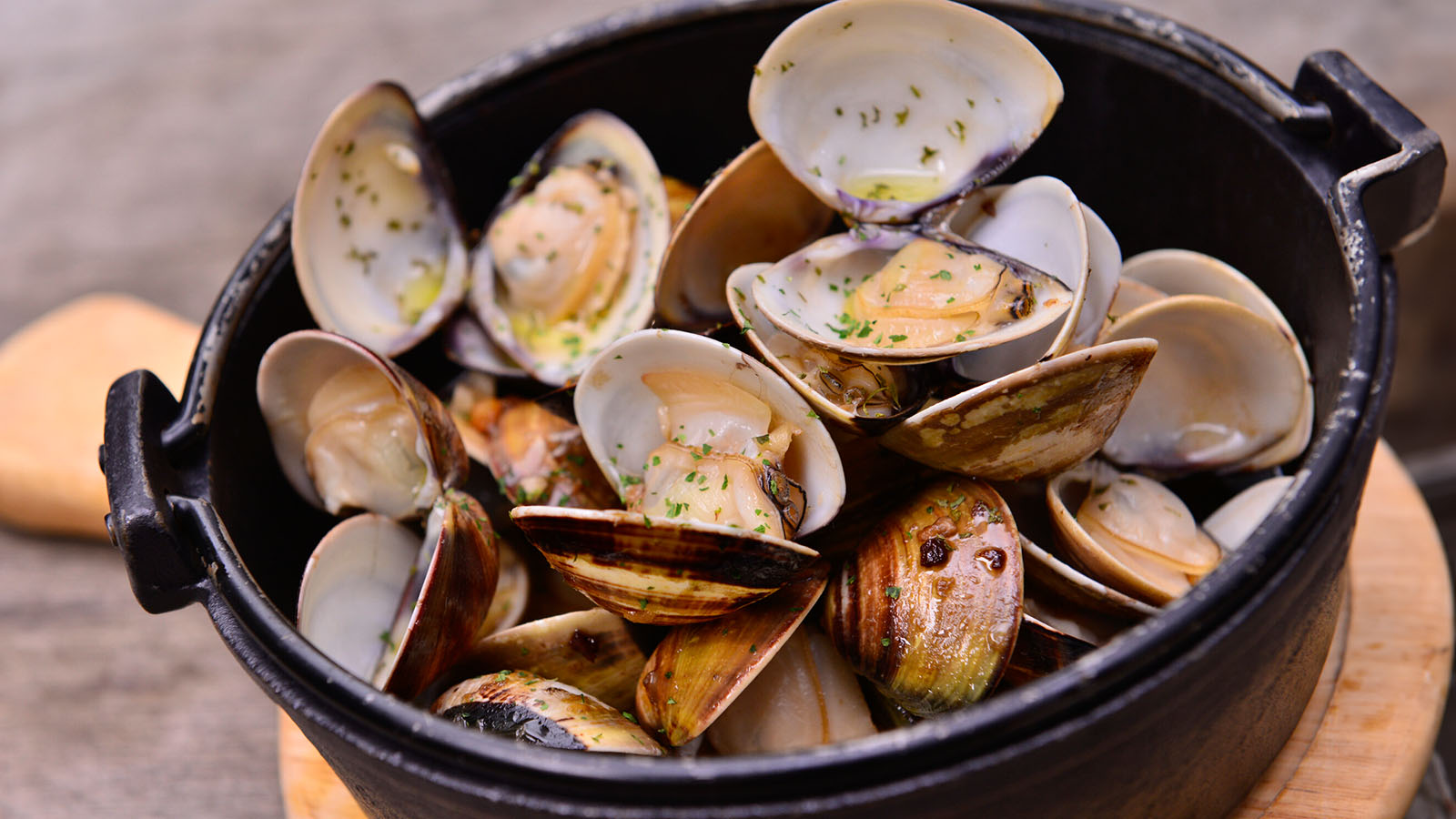
Understanding the Clam Bake Tradition
A clam bake isn’t just a meal; it’s a celebration. The tradition of the New England clambake goes back centuries, originating with the Native Americans who cooked seafood and vegetables in sand pits lined with hot rocks and seaweed. Over time, settlers embraced and adapted this cooking method, making it a cornerstone of coastal New England’s culinary culture. The communal nature of clam bakes has made them synonymous with community gatherings, festive occasions, and even political rallies.
However, confusion sometimes arises between a clam bake and a clam boil. While both involve seafood, a clam bake usually means cooking in a pit or pot, encapsulating the flavors with layers of seaweed, allowing the flavors to meld together. The result is a smoky, rich, earthy flavor unique to this method. On the other hand, a clam boil is done by cooking in boiling water infused with different seasonings, leading to a broth with a more pronounced, briny taste. It’s typically a quicker method, but it lacks the complex flavors of a traditional clam bake.
Understanding the slang behind “clam bake” can also enrich the experience. In some contexts, “clam bake” may refer to an informal gathering or party, reflecting the social aspect of this food tradition. In a broader sense, a clam bake represents the essence of coastal living, blending the sea’s bounty with the joy of community, all captured in a pot or deep pit and enjoyed with loved ones. Whether it’s a lobster bake, a clam boil, or a traditional clambake, each variant tells a story of regional heritage, culinary creativity, and the timeless pleasure of shared meals.
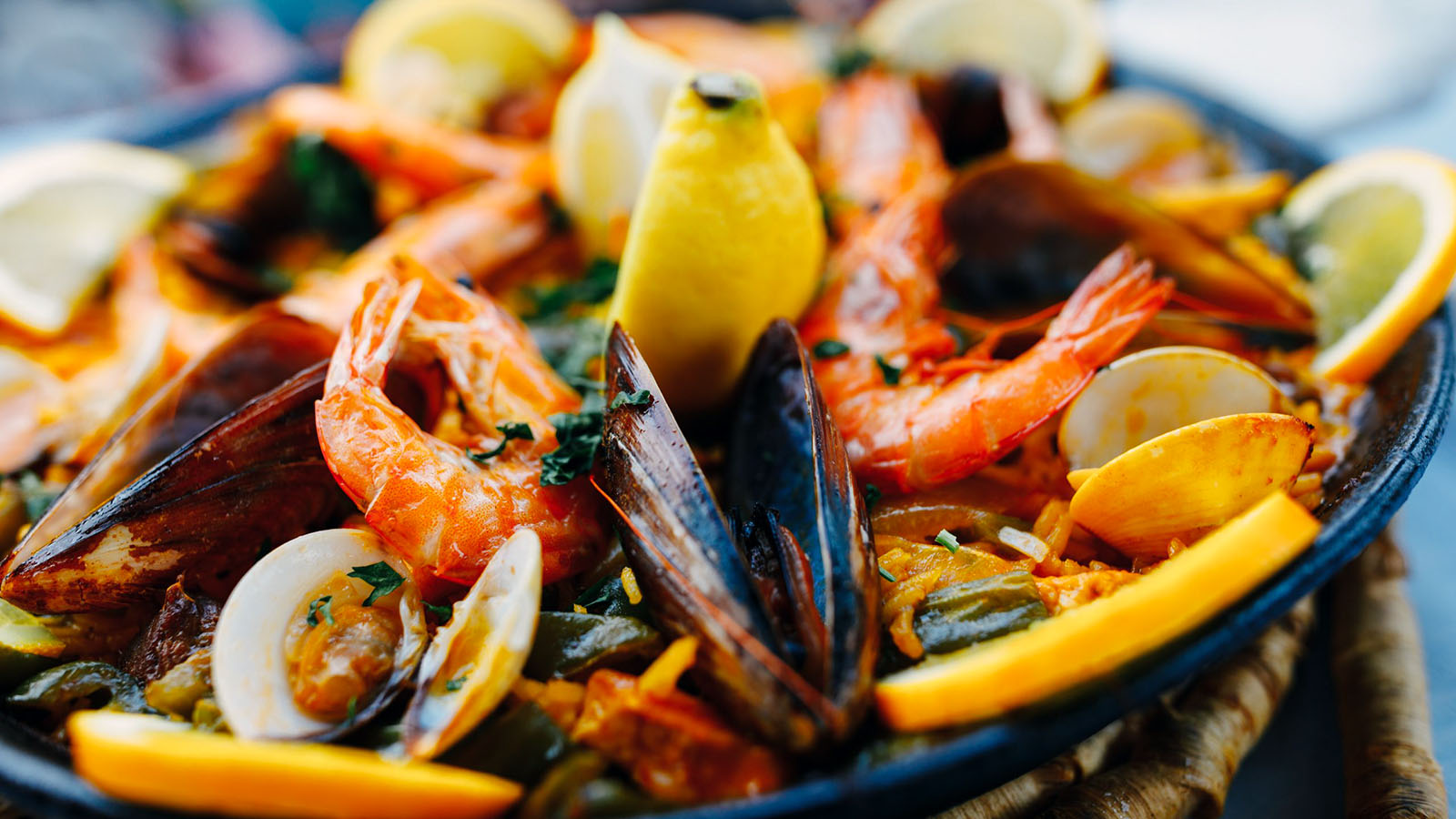
The Food to Include in a Clam Bake
The success of a clam bake lies in selecting the right ingredients that not only tantalize the taste buds but also capture the essence of the seaside tradition. From the succulent clams and mussels to the flavorful concoction of spices and herbs, each ingredient plays a vital role in creating the delectable clam bake symphony.
By choosing fresh seafood, seasonal vegetables, and the right balance of seasonings such as olive oil, salt, lemon wedges, and Old Bay, you can create a feast that appeals to both the eye and palate.
- Clams and Mussels: Opt for little neck clams and mussels for the best flavor.
- Seasoning: Melted butter, olive oil, lemon wedges, and Old Bay will bring life to your dish.
- Vegetables: Corn and potatoes are traditional favorites. Cook with medium-high heat to perfection.
- Additional Seafood: Consider adding lobster and shrimp for an extra seafood touch.
- Sides and Desserts: Serve with crusty bread and your favorite dessert (butter and garlic-infused is popular) to complete the meal.
The food in a clam bake is not just about satisfying hunger; it’s about creating a symphony of flavors and textures that define this beloved tradition. From selecting the best clams and mussels to carefully choosing your herbs and seasonings, each decision contributes to the recipe and overall experience. By paying attention to details like quality, freshness, and the balance of ingredients, you can ensure that your clam bake becomes an unforgettable feast that resonates with the soul of coastal New England and delights your guests with a truly authentic taste of excellence.
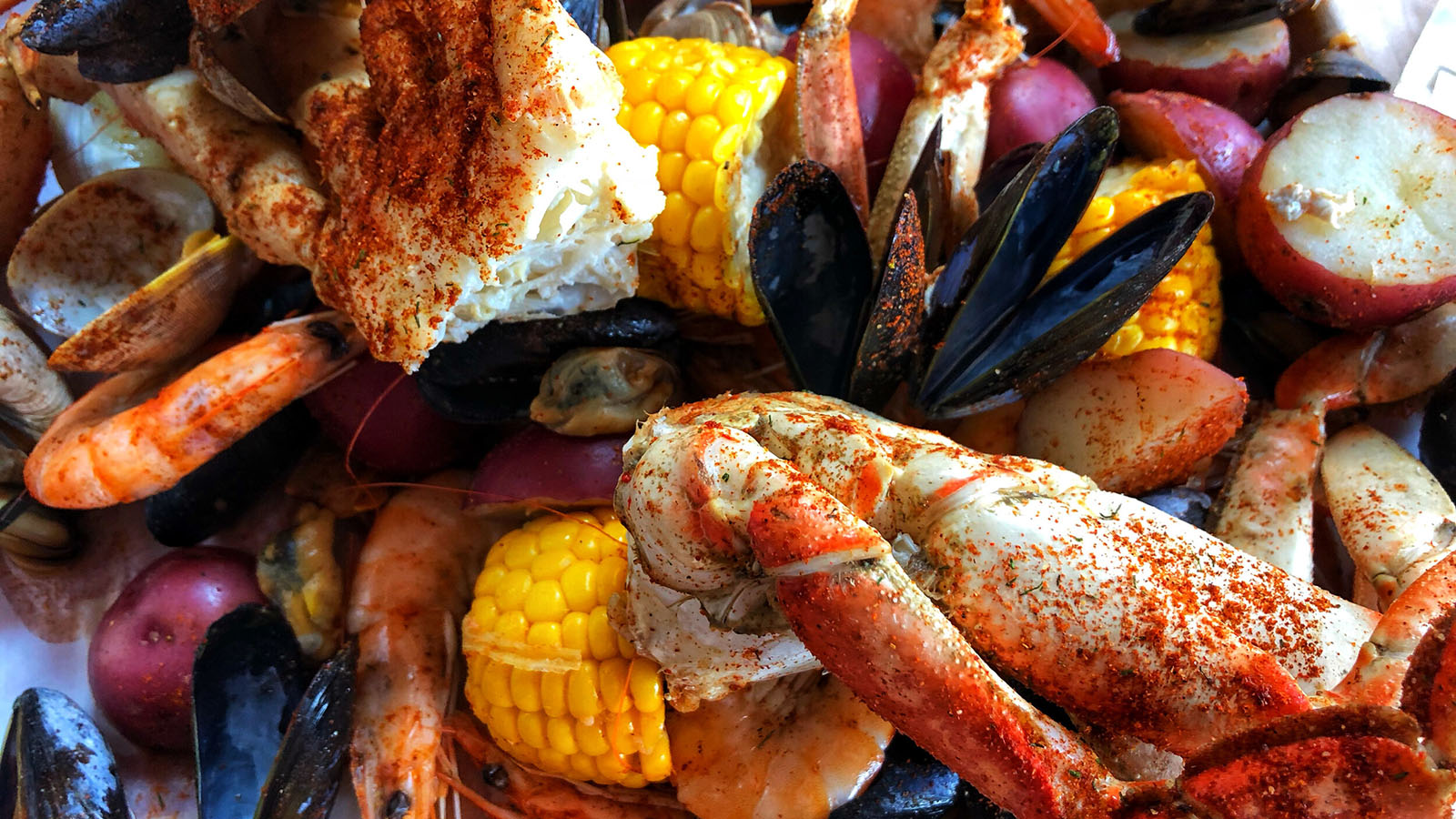
Ways to Do a Clam Bake
The traditional New England clambake is a culinary ritual involving more than just cooking; it’s about recreating a cultural experience handed down through generations. Every step of clambake is part of the journey, from selecting the perfect spot for a deep pit to gathering the freshest seafood.
Whether you host a clam bake on the beach or in your backyard, the methods and ingredients create a unique flavor unlike any other seafood dish. The process can be done using traditional methods involving hot rocks and seaweed or modern techniques with large pots and stovetops; however, the essence of a clam bake remains the same, promising an unforgettable feast.
- Dig a Deep Pit: Your clam bake starts with a deep pit filled with hot rocks and more seaweed.
- Prepare the Ingredients: Gather neck clams, lobsters, red potatoes, corn, and optional ingredients like shrimp.
- Layer the Pit: Start with seaweed, then layer your clams, potatoes, and other ingredients.
- Cook for About an Hour: Cover the pit and let it cook. The enticing scent and gentle steam show that your feast is almost ready.
Alternatively, a large pot can be used with white wine, bay leaf, and Old Bay seasoning. Add clams, corn, potatoes, and lobster tails to a boil, and cook until the mussels open. Either method offers a delightful experience, rich in flavor and tradition.
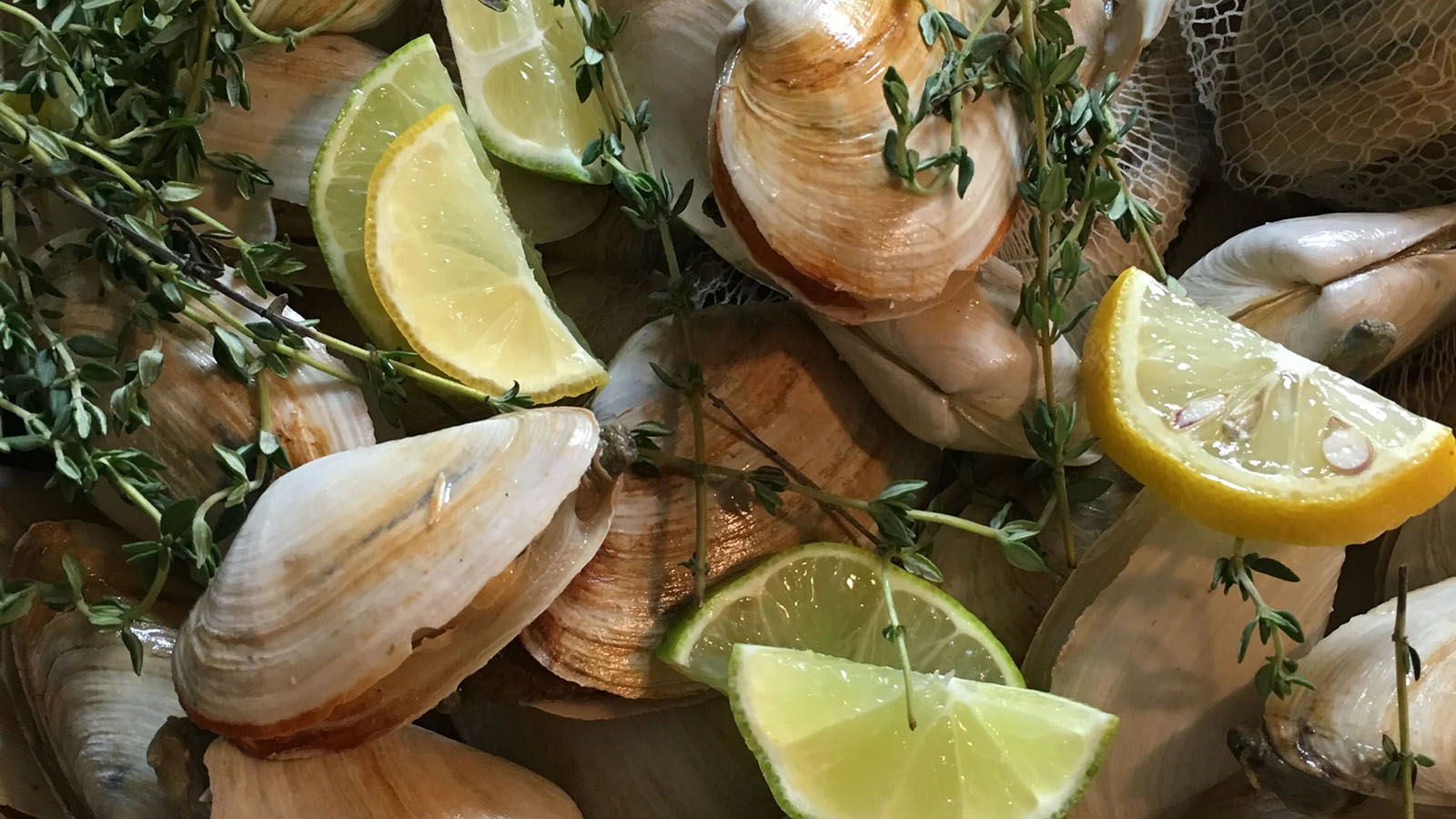
Clam Bake Tips and Techniques
From choosing the best clams to deciding between the deep pit method or a large pot, a clam bake requires careful planning. Here’s some guidance:
- Choosing Clams: Opt for clams without cracked shells. Give them a quick scrub under cold running water.
- Serving: Use a large slotted spoon to remove the cooked ingredients carefully. Serve on a large platter with small bowls of cooking liquid for dipping.
- Health Facts: Clam bake dishes are rich in vitamin C but contain trans fat and saturated fat. Balance your meal with healthy side dishes.
In embracing the clam bake tradition, attention to detail, quality ingredients, and the proper techniques are paramount. Whether you’re an experienced cook or trying a clam bake for the first time, these tips, recipes and techniques can guide you towards a successful and joyful feast that embodies the spirit of coastal New England. Keep in mind the uniqueness of your guests and the ambiance of the location, and don’t be afraid to infuse your own personal touch into this culinary adventure, making your clam bake a one-of-a-kind experience that resonates with the rich history of this delicious tradition.
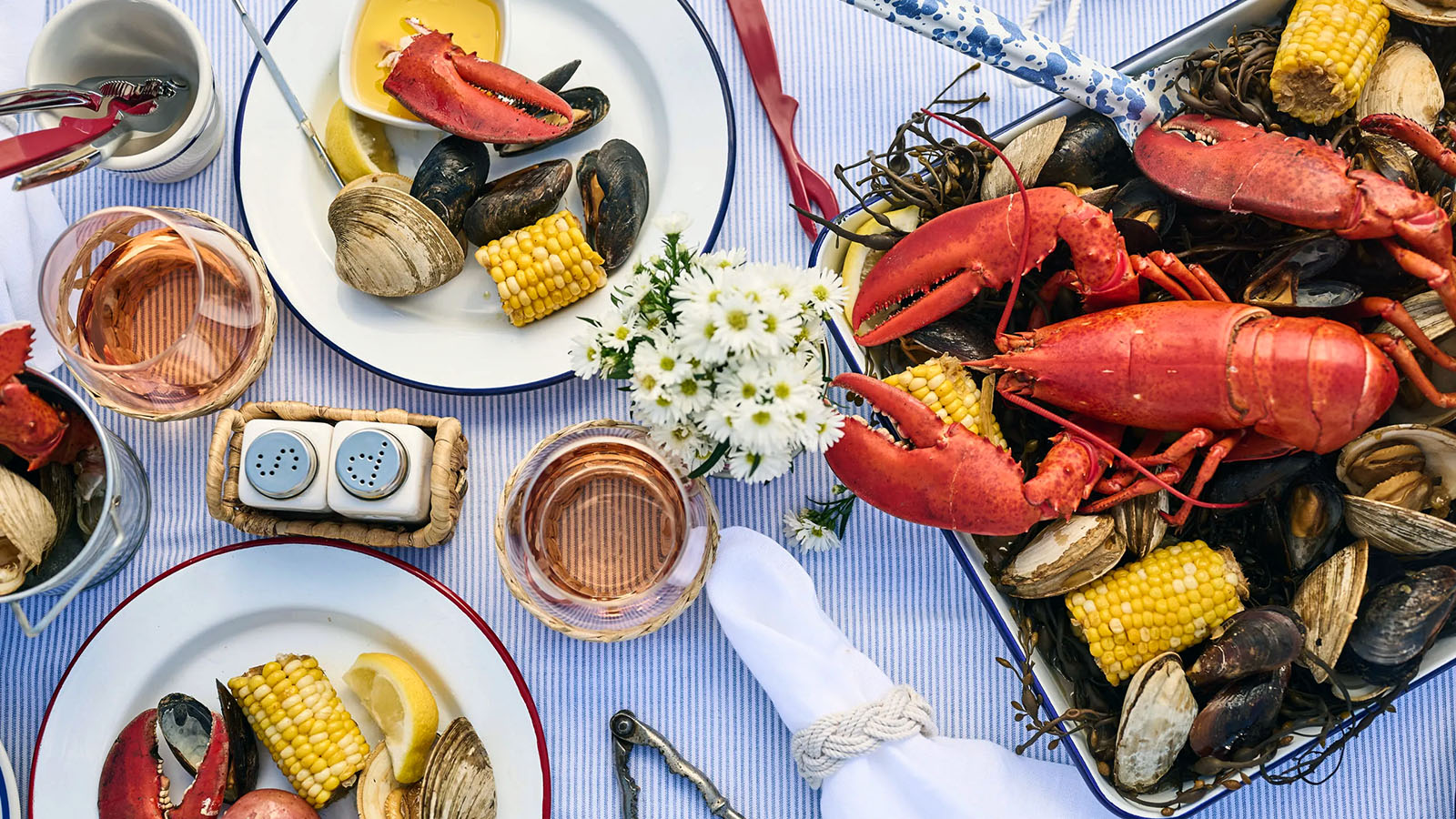
Savor the Clam Bake Experience
A clam bake is more than just a meal; it’s an experience that lingers in the memory long after the flavors have faded. From the initial preparation of the deep pit or large pot to the joyous gathering around the large platter, each moment contributes to camaraderie and celebration. Adding layers of seaweed, clams, potatoes, onions, and more while anticipating the delicious feast brings a sense of anticipation and excitement that few other meals can match.
The enticing aroma of the clams and mussels cooking, the sound of corn and potatoes sizzling, and the sight of melted butter and lemon wedges ready for drizzling create a sensory delight. As you carefully remove the cooked seafood with a large slotted spoon, serve it with crusty bread and side dishes, and watch your guests’ faces light up with pleasure, you realize that a clam bake is not just about food. It’s about the shared joy of preparing and enjoying a meal together, forging connections, and creating cherished memories.
Whether hosting a traditional New England clambake or experimenting with a new recipe in your backyard, the clam bake experience is about embracing the joy of cooking and eating with loved ones. It’s about honoring a timeless tradition, experimenting with flavors from melted butter to Old Bay seasoning, and savoring every bite, every laugh, and every shared moment. In the world of seafood, the clam bake stands as a unique culinary event that transcends mere dining and becomes a cherished celebration of life’s simplest and most delightful pleasures.







